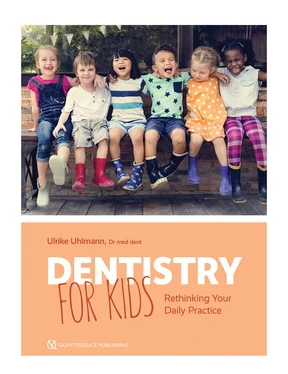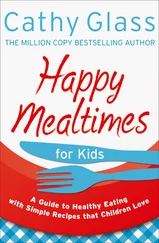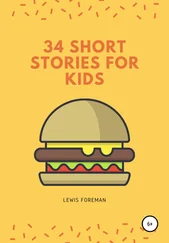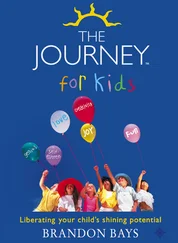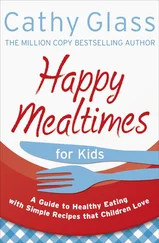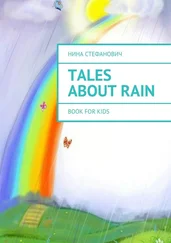TABLE 2-1 Suggestions for correct choice of words
| Instrument |
Child-appropriate term(s) |
| Lamp |
Sun |
| Probe |
Tooth feeler; tooth counter |
| Suction |
Magic wand that carries away spit; snorkel; drinking straw; vacuum |
| Red contra-angle or turbine (water) |
Shower; water sprayer |
| Blue contra-angle |
Tickle bee |
| Excavator |
Little spoon |
| Syringe |
Sleeping water; sleeping medicine |
| Etching gel |
Smurf cream; tooth shampoo |
| Curing lamp |
Magic lantern; light saber |
| Composite or other filling materials |
Magic cream |
| Cotton wool rolls |
Pillows for your tooth |
| Rubber dam |
Raincoat for your tooth |
| Matrix |
Gold or silver medals for your tooth (depending on the color of the matrix) |
| Wooden wedge |
Garden fence |
| Forceps |
Mini-crane |
| Caries, tooth decay |
Sugar bugs |
| Steel crown |
Knight’s or princess’s tooth |
| Treatment chair |
Kiddie throne; lounger; up-and-down chair; magic chair |
| Air blower |
Hairdryer or air pistol |
| Water spout |
Waterfall |
Inappropriate use of “okay” can pose another problem. We are often accustomed to ending a sentence with this word, but children frequently understand it as a question. It can become a bit of a challenge if a sentence such as “I’m now going to rinse your tooth clean, okay,” is answered by the child with a definite “no.” 5Generally questions by the dentist should be used very specifically. Before children reach preschool age, it is helpful to ask questions like, “What games do you like playing?” in order to build up a conversation. Communication can be established because children are then obliged to answer with a sentence and not just “yes” or “no.” 3Once children have reached preschool age, alternative questions can be employed that invite the child to make pseudodecisions, like “Do you want to climb up onto the chair by yourself, or do you want mom or dad to get up first and you can sit on their lap?” However, the dentist should make sure only to offer alternatives that are equally conducive to the ongoing treatment process.
Praise and reward are important elements when working with children. Young patients should be praised for a particular reason. There is no point in rewarding a child with something if the child has been thoroughly uncooperative; this tells these patients that their behavior was acceptable. It is more helpful to say exactly what you were pleased about and praise the patient for that. For example: “Today you came with us into the treatment room really nicely and you let me have a look at your front teeth. That was very good, so I’m going to give you a little prize. Next time I’d like you to open your mouth really wide so I can count all your teeth.” This can give the child an idea and an expectation about the next treatment. 5Praise during treatment is also an important motivating tool. Phrases like “You’re opening your mouth so well” and “You’re sitting so nicely” can really go a long way to making the child feel more comfortable and good about themselves.
At the end of treatment, the wrong behavior by parents or accompanying persons can also be problematic. Empathy is important, but exaggerated expressions of sympathy reinforce the child’s impression that the dental treatment was something traumatic, which in future will cause the child to be afraid. 5To avoid such situations, it can be helpful before dental treatments to issue parents with a brief guide on what to do (Fig 2-1). In general it is important to end a treatment session with positive feedback and a little reward for the child, for example, a sticker or other prize.
Fig 2-1 Example letter giving parents advice on what to do to improve their child’s experience at the dentist.
TELL-SHOW-DO METHOD
The “tell-show-do” method combines the most important levels of communication (tell = verbal, show = nonverbal) and also addresses another sensory level: feeling. This technique is therefore ideal for explaining treatment steps to children. During the execution part of the method (do), the sensations that are to be expected should therefore be mimicked. For instance, the pressure from the rubber dam clamp or the extracting forceps can be imitated by pressing the hand on the child’s shoulder. With very nervous children, it may be advisable to demonstrate all the actions first on yourself or on a hand puppet. In an expansion of the method (tell-show-ask-do), the dental practitioner obtains the child’s consent before performing the actions and only continues once the child has signaled his or her agreement. 3
It is important to make sure you only explain or demonstrate the different treatment steps immediately before carrying them out (Fig 2-2). Because children have a short attention span, there is no point in explaining all the steps just at the beginning.
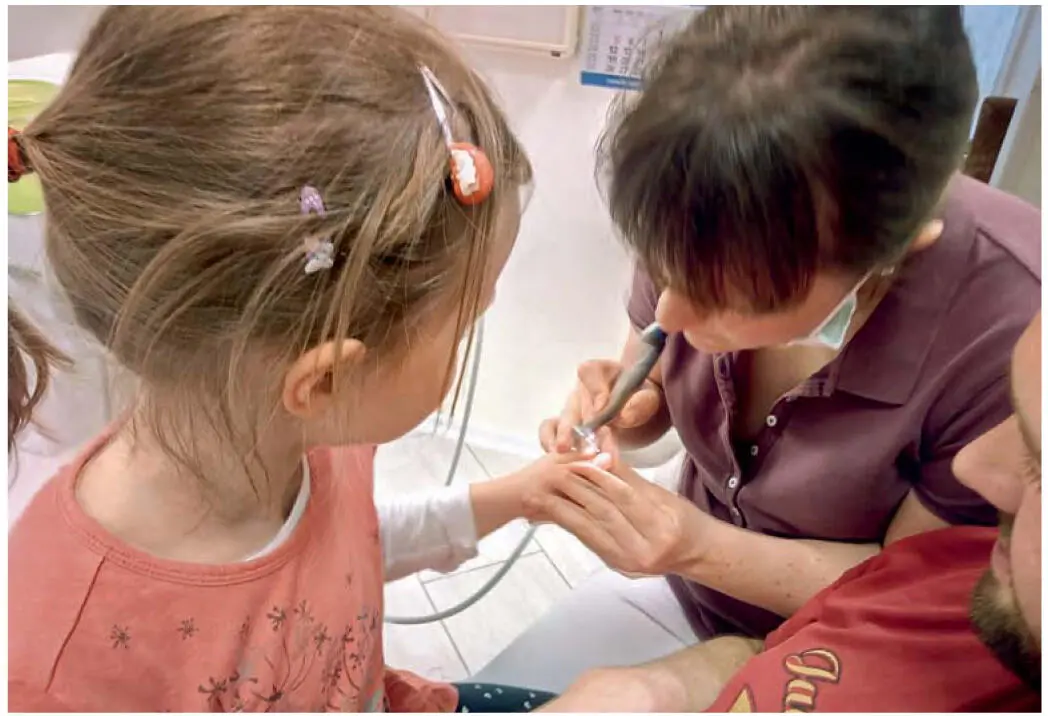
Fig 2-2 Tell-show-do method on a 4-year-old patient. A round bur is being demonstrated on the little girl’s fingernail. You can use the bur to “paint” a sun on the child’s nail, for example, then repeat the same thing on the tooth.
BASIC RULES FOR COMMUNICATION WITH CHILDREN IN THE DENTAL PRACTICE
Nonverbal: Be authentic, focus on the child, ensure there is a congruence between what the dentist feels and says, smile genuinely, use smooth movements, respect personal space, be patient, take the child seriously, let the child finish speaking, establish contact by appropriate touch during treatment (ie, touching the shoulder or the temples), communicate at eye level, and perform ritualized actions.
Verbal: Control your voice, show (not exaggerated) empathy, avoid denials or negative sentences, do not use unfamiliar foreign words, avoid irony/sarcasm, use descriptive language, talk in a low and calm tone of voice, keep sentences short and simple, be careful about questions ending with “okay,” allow for patient involvement in noncritical decisions (ie, getting in chair alone or with parent), choose positive words, and offer praise during and after treatment.
Other: Hypnosis, behavior management, and acupressure are auxiliary methods that can be used. 6
DIFFERENT TYPES OF PEDIATRIC PATIENTS AND PARENTS
Constant criers
This type of young patient will cry constantly even without any discernible reason. It can help to talk extra quietly to these children. This often arouses their curiosity and they quiet down so that they can actually understand what is being said. Dentists who are comfortable singing can utilize the element of surprise and start singing a children’s song a little louder than the child’s crying. Many children will then stop in surprise. Then you can continue singing quietly and start/continue the examination.
Extremely shy patients
Extremely shy patients will hide under a chair or behind a person they trust (ie, a parent) while still in the waiting room. These children need a lot of time and space to settle into the new situation. It is important to accept the personal space that the individual child needs and not crowd the patient. It can help to ignore the child completely and solely address the parent, who is examined by the tell-show-do method. While the parent is being examined, all the findings are communicated to the dental assistant in a child- appropriate way (“I’ve counted eight of mommy’s teeth and they are lovely and sparkling”), and cooperative behavior is praised and rewarded in a way that is obvious to the child. These patients will often lose some of their shyness as their parents are being examined and take a curious look into their parent’s mouth or want to hold the mirror (Fig 2-3). Occasionally the prize at the end of examination will tempt them and will boost cooperation.
Читать дальше
